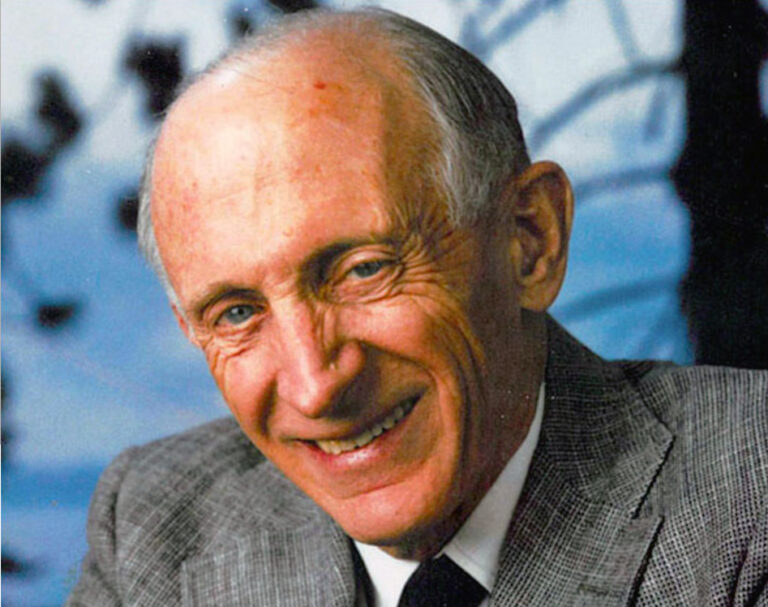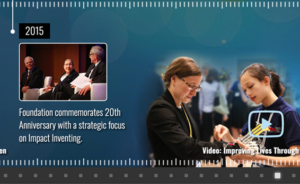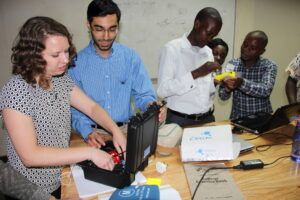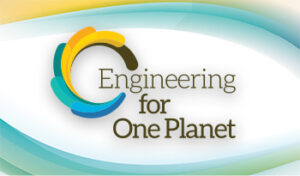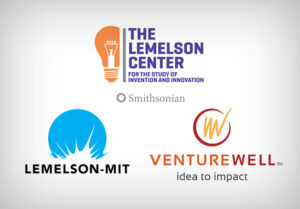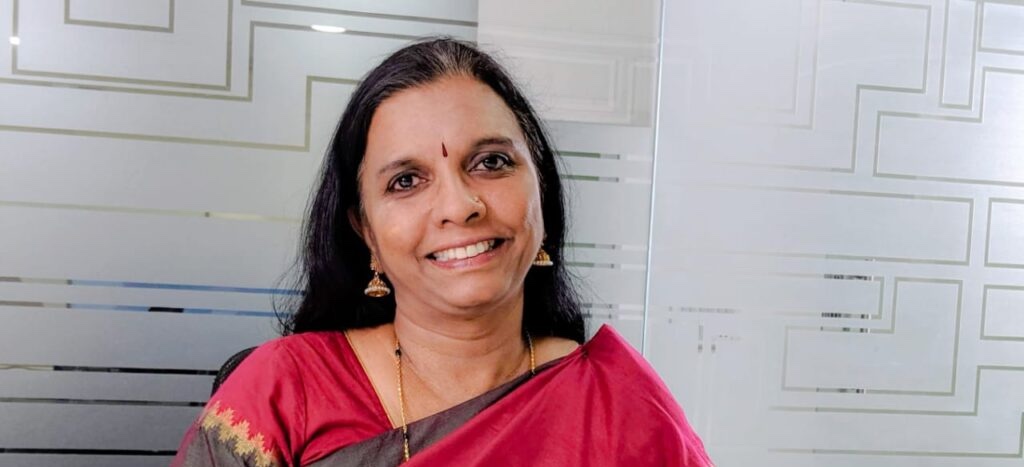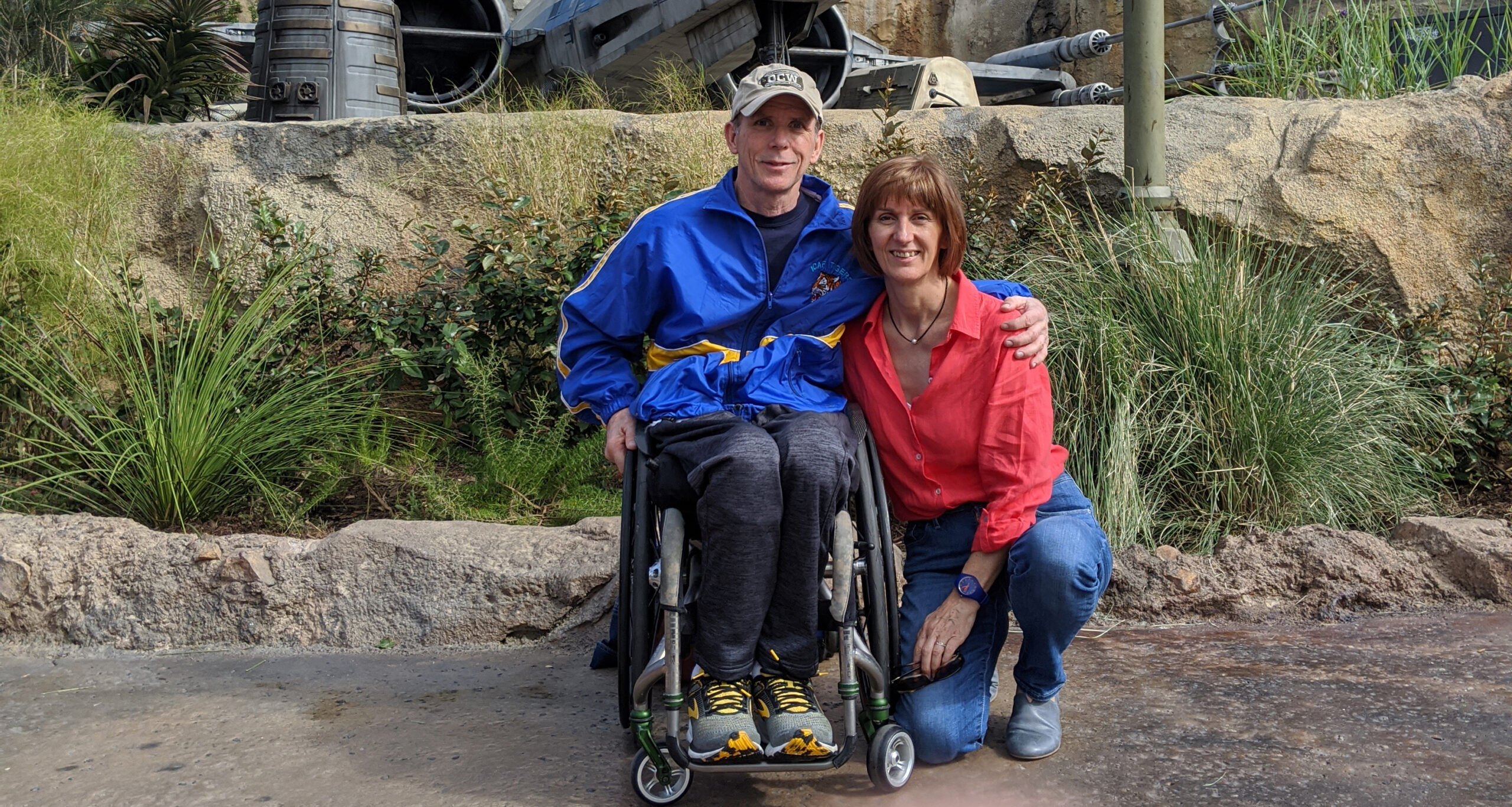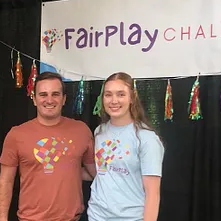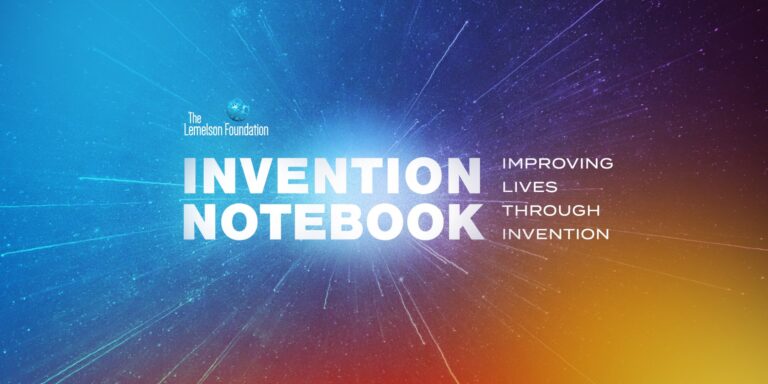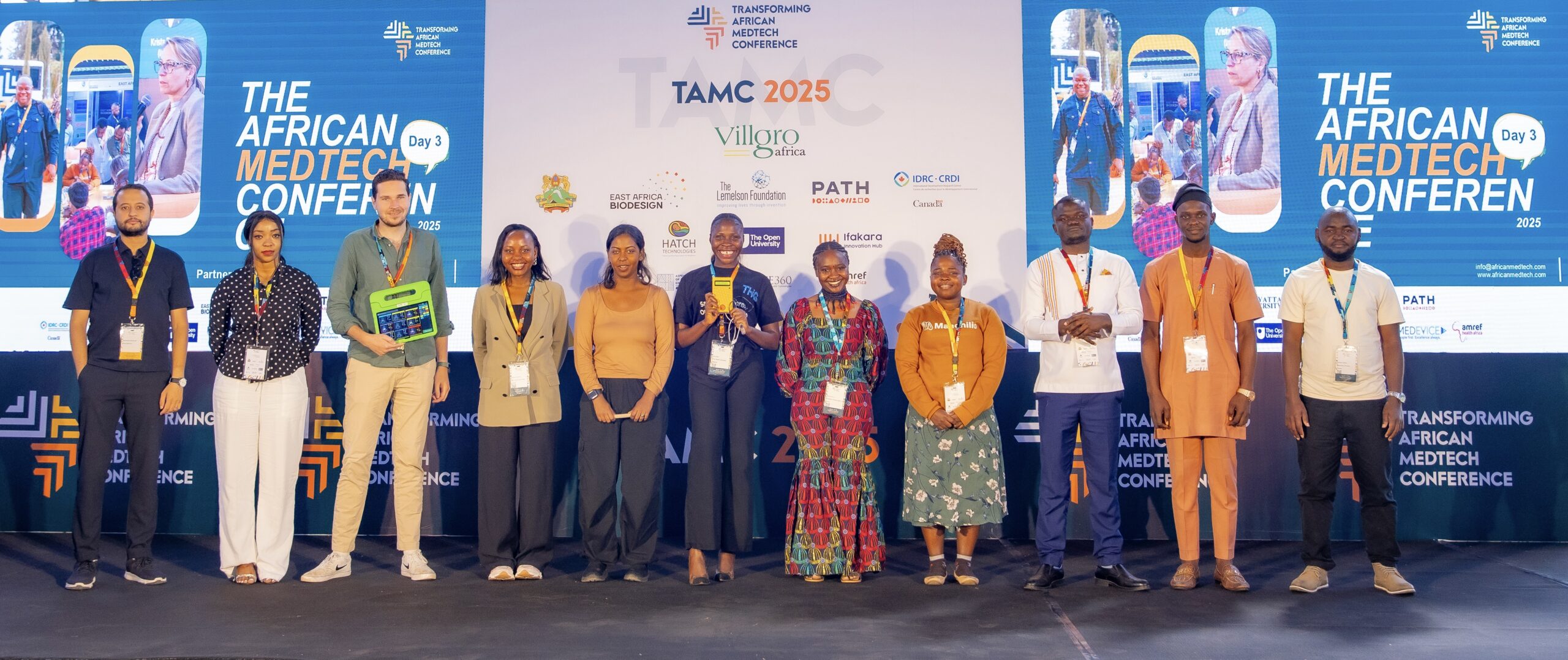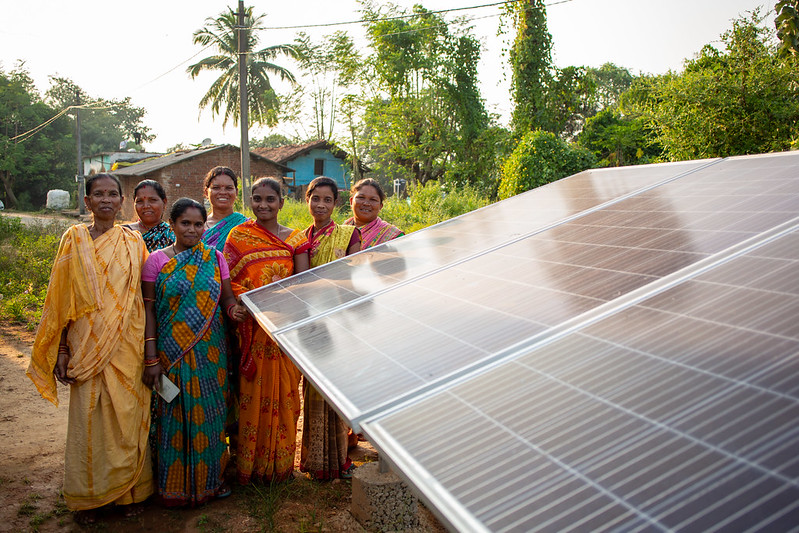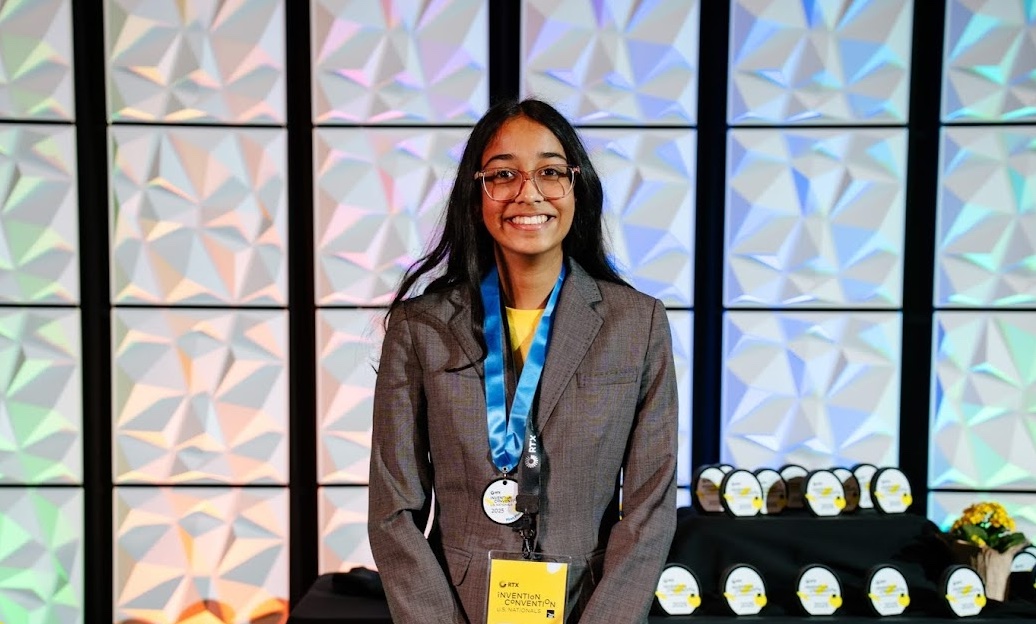Teaching Green Inventing in 2018: Higher Education Workshop Highlights and Strategies for Action
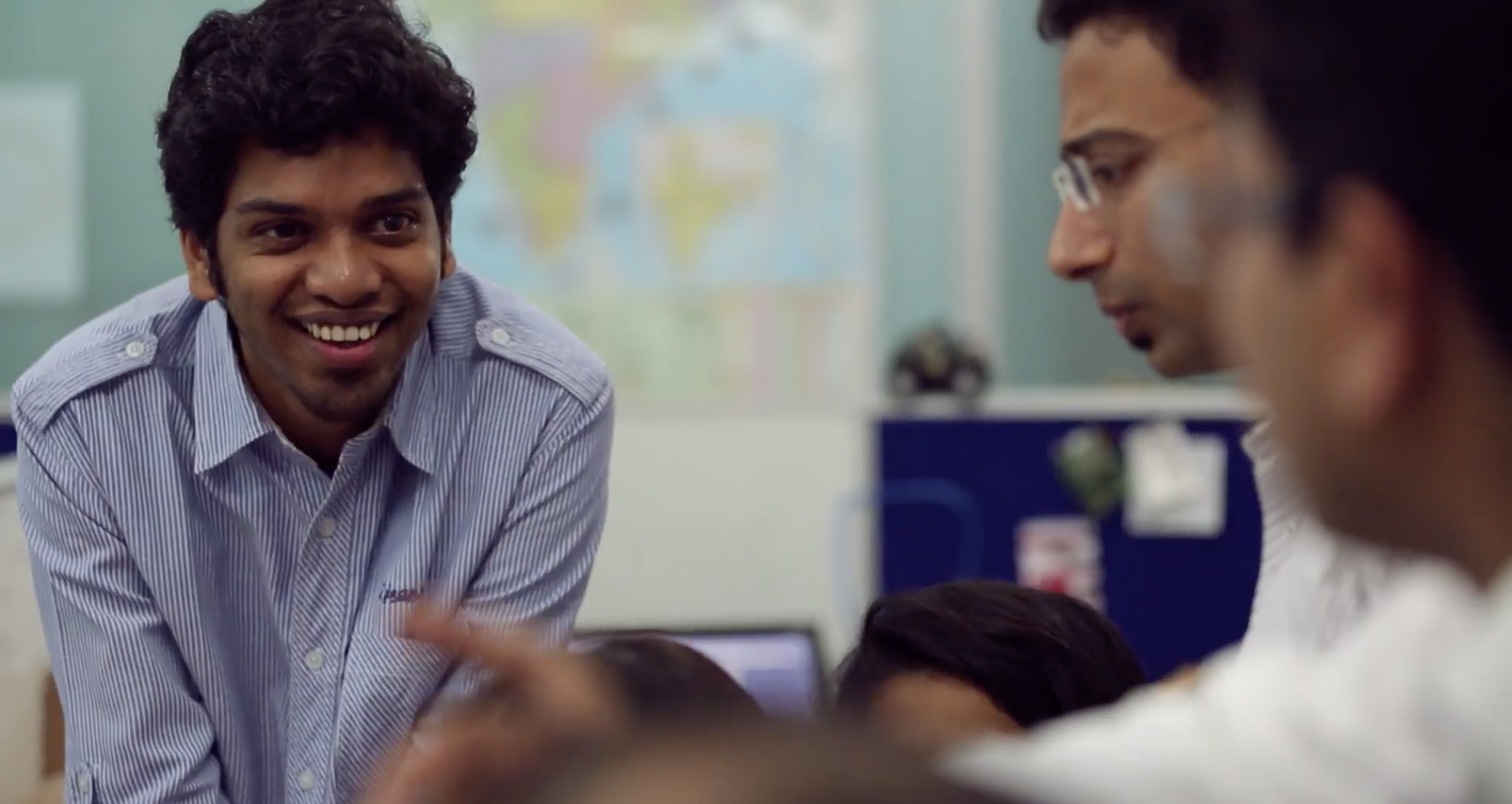
By Cindy Cooper, Program Officer, The Lemelson Foundation
- A sterile-yet-reusable device that enables providers to offer minimally-invasive biopsies at lower cost . . .
- Packing materials made from mushroom matter . . .
- Home insulation made from hemp stalks . . .
These are just a few samples of how young inventors have embedded sustainability thinking into the design and development of new products. At The Lemelson Foundation, we are seeking to make it easier for innovators to integrate sustainable design and environmental responsibility throughout the life-cycle of an invention. We see enormous opportunity to address the world’s most pressing problems in the face of its environmental constraints by enabling more successful, resilient, environmentally responsible invention-based businesses.
Yet despite the compelling examples and reasons to invent green, there is gap in educating inventors to design, develop and distribute new products in an environmentally responsible way. In fact, a recent qualitative study commissioned by the Foundation revealed that while there is evidence of effective curricula and instructional methods in some higher education design and engineering programs, such coursework is not commonly required or ubiquitous in the invention education-related landscape.
To begin to address this gap, The Lemelson Foundation and VentureWell co-hosted an interactive workshop on the eve of VentureWell’s 2018 OPEN conference entitled Teaching Green Inventing: Integrating Environmental Responsibility in Innovation & Entrepreneurship Education.
The session brought together 35 faculty, NGO staff, and invention education funders from as far away as Finland to explore how higher education can lead the way in closing the education gap on environmentally responsible inventing and entrepreneurship.
Presenters included Carol Dahl, Executive Director of The Lemelson Foundation, Cindy Cooper, Program Officer for The Lemelson Foundation, Janine Elliott, Program Officer for VentureWell, and Jeremy Faludi, Associate Professor of Dartmouth College.
Participants reviewed findings from a recent study commissioned by The Lemelson Foundation on best practices and barriers for teaching inventing green in higher education and developed strategic action for increasing the capacity and scale of leading educational approaches.
Highlights
Participants reflected on the study findings and their own experiences, revealing common themes regarding barriers and opportunities to increase the capacity to intertwine environmental responsibility with invention and innovation education. Some highlights:
- Opportunities to Scale:
- Both the study and workshop participants supported the idea of developing faculty through curriculum sharing and faculty training. In addition, faculty underscored the importance of aligning incentives among partners within the institution, bringing leadership along on the journey, but also with partners externally, including industry and NGOs. Of note, it is important to better demonstrate the added value of sustainability to business through increased creativity, competitiveness and risk mitigation.
- Common Barriers to Adoption:
- Leadership buy-in was seen as critical but sometimes requires initial evidence.
- Systems thinking is vital but multi-disciplinary instruction is challenging.
- Other barriers often noted included the lack of cohesion through use of different terminology across disciplines and institutions, students’ limited prior experience with systems thinking and misconceptions about the scientific rigor of pursuing sustainability.
- New ideas:
- Workshop participants talked about tapping into student enthusiasm and passion for having a positive impact and going beyond teaching technical skills to incorporating a values-driven curriculum. Students are increasingly enthusiastic about integrating their values into their learning and careers, and sustainability offers an avenue for doing so.
- Tools and resources presented:
- Sustainability Our Planet: A Toolkit for Entrepreneurs: A suite of three resources to help inventors and entrepreneurs integrate sustainability principles.
- Tools for Design and Sustainability: A web-based resource with content, popular instructional videos, exercises and delivery suggestions for innovators and educators to use to learn about sustainability topics and apply concepts into design decisions.
- VentureWell announced a new faculty grant opportunity for sustainable-tech or sustainable design-focused course and program grants.
Looking Ahead
A core study finding re-affirmed at the workshop is that there are best practices, but not a one-size-fits-all solution to teaching and integrating inventing green principles. Therefore, the driving question is not whether effective tools and approaches exist, but rather how to best facilitate and quicken their adoption. The Lemelson Foundation was excited to see a number of themes emerge that are ripe for action and will be working in partnership and alongside many others to take ideas forward in the months and years ahead.
Many were inspired by an attendee’s vision statement that soon we would no longer need a focus on sustainable design because it will simply be how innovation and entrepreneurship are done. Working together, we can get there.
Whiteboard Illustration by Raja Schaar

